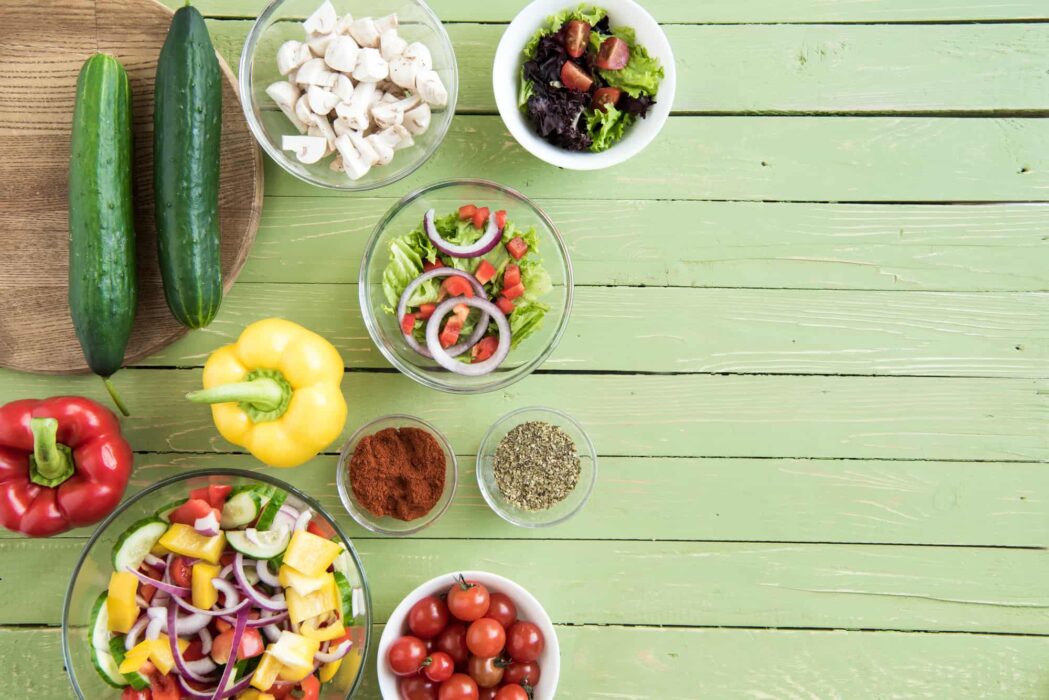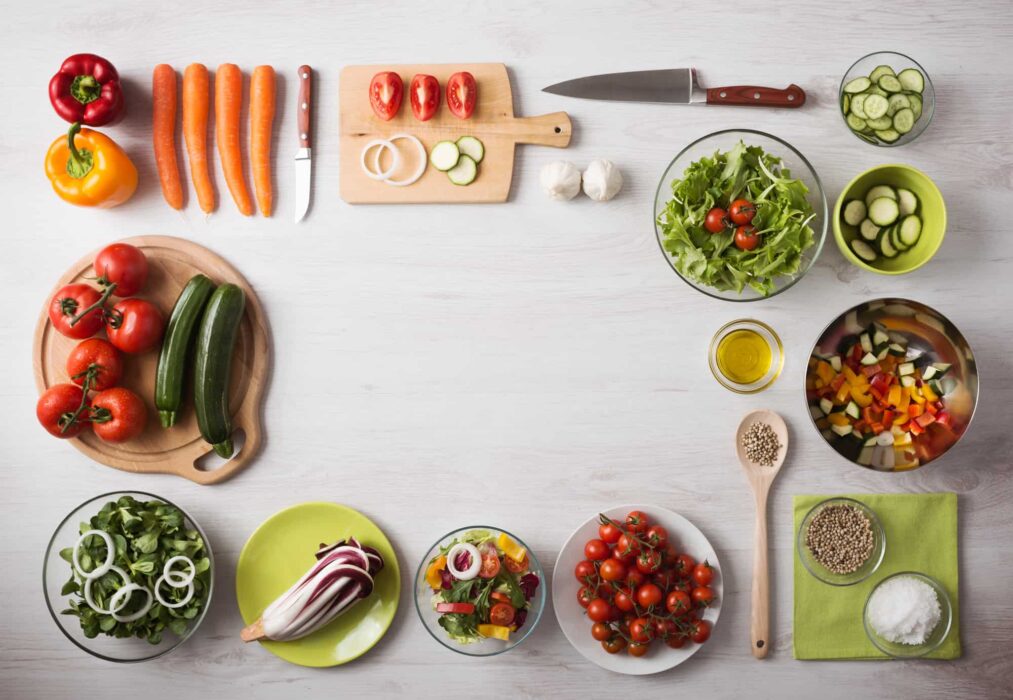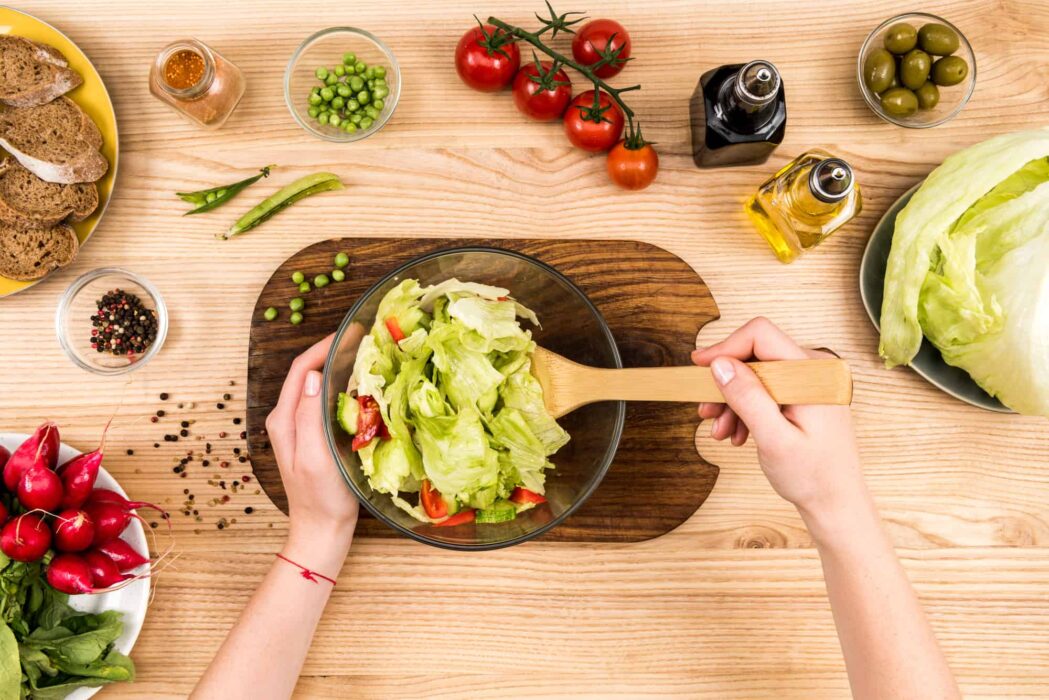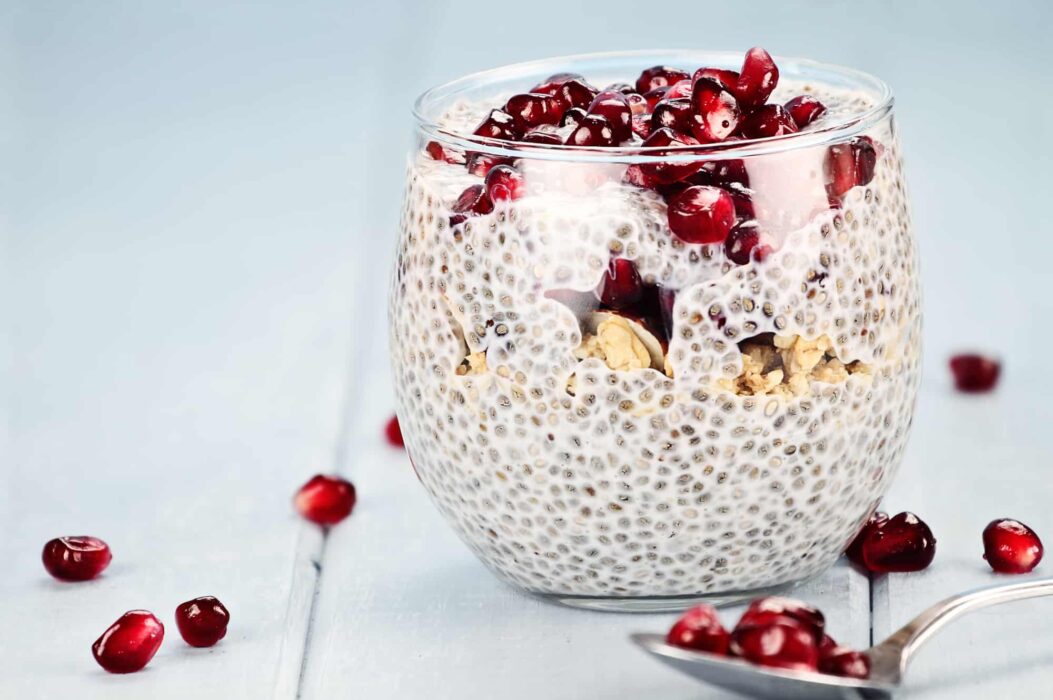At first glance, vegan and ketogenic diets have nothing in common. In the first case, they do not eat meat; in the second, they eat it every day. Moreover, vegans load their nutrition with carbohydrates, and keto diet fans do everything to avoid carbs. Thus, they seem to be on opposite ends of nutritional principles.
But what if you want to avoid meat, want to be slim and healthy, but your body just can’t handle carbohydrates? Is it possible to combine both of these approaches – vegan and keto food? Can you become a keto vegetarian?
There is a way out! The Ketotarian diet is a kind of light keto diet. In every sense: both the simplicity and the ease of its recipes – without bacon, sour cream, and butter, not to mention the significant improvement of the digestive tract. All the advantages of a keto diet can be used by people who cannot/do not want to eat fatty foods of animal origin or are aware of an excess of meat and a lack of vegetables in their diet.

As well as vegetarians and vegans. The main thing in a keto diet is fats. And in addition to fatty meat, cream, and other heavy foods, they are supplied to our body by vegetable oils, avocados, olives, nuts, and seeds. By the way, it is even easier for vegetarians to enter the body into a state of ketosis since they initially consume less protein than meat-eaters.
Let’s take a look at the basic principles of a keto diet for vegans and vegetarians.
What is Vegetarian Keto Diet?
The only keto mistake vegetarians can make is to consume too many carbohydrates from plant foods. Also, remember that cereals and legumes are not allowed on the keto diet. What else is prohibited, and what is allowed? Let’s take a look at each macronutrient separately.
Carbohydrates
In addition to the high percentage of healthy fats, the key to the keto diet is a sharp reduction in the proportion of carbohydrates. It is clear that sweet and starchy foods are excluded altogether. You need to avoid:
- Cereals
- Fruits (the only exception is grapefruit, but in limited quantities, literally a couple of slices per day)
- Potatoes, sweet potatoes, peas, carrots, parsnips, squash, beets.
But no matter how long the list of high-carb vegetables is, there are still more low-carb vegetables that you can count on:
- Broccoli
- Brussels sprouts
- Greens (any)
- Cabbage
- Cauliflower
- Cale
- Radish
- Pumpkin
- Celery
- Asparagus
- Cucumbers
- Olives
- Zucchini
- Spinach
Once your body is in ketosis, you can add a moderate amount:
Experiment with vegetables, try different combinations and different types of cooking – from cauliflower steak to kale chips. Sour vegetables are acceptable, but they should be naturally fermented, home-cooked using salt rather than vinegar.

If most fruits are prohibited, berries with less sugar and carbohydrates, in general, are allowed. True, you may consume blueberries, raspberries, blackberries, strawberries, and currants in small quantities and late afternoon if you supplement keto with intermittent fasting.
Intermittent Fasting 14/10: Lazy Weight Loss Plan
Spices and herbs – basil, oregano, thyme, cumin, coriander, black and cayenne pepper, chili, cinnamon, nutmeg, and sauces – will help add a variety of flavors to the diet. Homemade food is desirable, although high-quality ones are also acceptable since the carbohydrate content in small servings of these products is negligible.
- Soy sauce
- Worcestershire sauce
- Mustard (sugar-free)
- Mayo (homemade only)
- Ketchup (sugar-free)
- Salad dressings (sugar-free)
- Lemon juice
Protein
Depending on whether you are a lacto-ovo or pesco-vegetarian, choose the one that fits your meal plan.
- Fish
- Eggs
- Dairy products
- Mushrooms
- Nuts and seeds
- Almond, coconut, and other flours (contain both fats and proteins)
- Miso, natto, and other soybean fermented foods
Meat substitutes such as tofu, seitan, and tempé replace meat perfectly in fat and protein content but may contain too many carbs, so do not overeat them.
Need Keto Motivation? The Best Tips for Your Keto Lifestyle
Read labels, check carbs, and pay attention to ingredients. Does the product contain a lot of preservatives and/or additives? Then it’s better to turn to any of the proteins listed above.
Fats
The best source of fat is olive oil, coconut oil, flaxseed oil, and MCT oil. Avocados, olives, cocoa butter, coconut cream, and nuts fit perfectly into both vegetarian and keto diets. However, remember that nuts contain both fat and protein. Choose those with fewer proteins and more fats:
- Pecan
- Brazilian nut
- Macadamia
- Walnut
- Coconut
- Hazelnut
- Pine nuts
- Almond
But peanuts, pistachios, cashews, and chestnuts can be eaten in very small quantities (due to the high amount of carbohydrates). All seeds are allowed; the best of them are chia and flax seeds.
In addition to protein, fish and eggs contain a lot of fats as well as cream, butter, and cheeses such as parmesan and cheddar, soft cheeses, blue cheeses, and Greek yogurt.

Keto for Vegans
All of the above applies to lacto-ovo and/or pesca-vegetarians. Is the keto diet possible for vegans? In general, yes, because fats enter the body from vegetable oils, nuts, avocados, and olives. But as vegans become even more limited in their food choices, the keto diet may be too limited for them. If you do decide to give it a try, here are some tips:
- Limit your total carbohydrate intake to 25-35 grams per day.
- Remove all dairy foods, meat, fish, eggs, and other animal-based foods from your diet.
- Eat lots of low-carb vegetables and berries.
- Get at least 75% of your daily calories from vegetable fats. Moreover, try to distribute fat for each meal.
- Consume about 20% of your calories from plant-based proteins.
- Add vitamins that you may not be getting enough on a vegan diet (for example, vitamins D3, B12, and B6, iron, and zinc).
Is Ranch Keto? Carbs, Calories, and 5 Best Low-Carb Recipes
Vegan Keto Nutrition Plan
Even though I am a big fan of the classic keto diet, I cannot deny the benefits of veganism and sometimes have days without animal foods. At this time, my favorite keto vegan recipes help me out, satisfying me as much as bacon and scrambled eggs. Here are some of my favorite options for days like this that will work for your vegan keto.
Breakfast
- chia pudding with coconut milk and berries
- smoothie with any nut milk, avocado, and herbs (as well as other flat belly smoothies from my list, without honey and fruits)
- a glass of nut milk + a handful of seeds, nuts, and berries
Lunch
- broccoli, avocado, and greens cream soup + flaxseed bread
- scrambled tofu with spinach and mushrooms
- low-carb noodles (coconut or almond flour) with zucchini and peanut sauce
Dinner
- cauliflower steak with cashew sauce
- salad with broccoli, olives, herbs, seeds + peanut butter
- spring rolls with vegetables, peanut or soy sauce
Snacks
- coconut or almond cookies
- a few tablespoons of sugar-free peanut butter
- a handful of berries or nuts

Conclusion
As you can see, you will definitely not be hungry. It is only very important to remember that changing the diet requires awareness and changes in some habits. Once you’ve decided to stick to a meat-free ketogenic diet, learn the cons and pros, buy the foods you need, and learn how to cook them. It is also advisable to provide blood for analysis before changing the diet and some time after to monitor the state of your macro- and microelements to prevent imbalance.
The ketogenic diet is just one of many nutritional options. Is it right for you? It is impossible to answer unequivocally. Any diet should be selected individually, taking into account the characteristics of your body, your lifestyle, goals, taste preferences. And, of course, it is important that any changes bring joy, pleasure, vigor, energy, strength, and improve health.